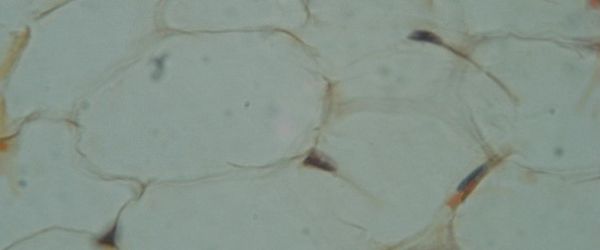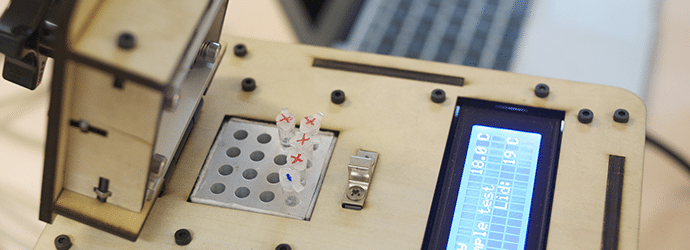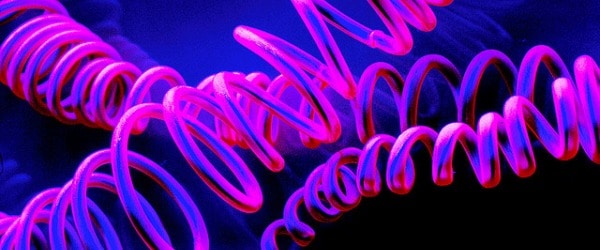Controls are obviously extremely important when setting up experiments. Without them, a meaningful interpretation of the experimental results would be impossible.
I say obviously, but in my previous job as a technical services scientist, you’d be surprised at how often I found myself talking to customers about the importance of controls.
One customer commented, during our discussion over TA cloning problems, that a transformation control “…is just a waste of everything.”
But in reality, the opposite is true. There is no simple way to know how good the cells are, than by doing a transformation control. And while an empty plate with no white colonies after an entire day of work is frustrating, having no idea what went wrong makes the experiment a complete waste.
So, where do you start with the controls?
1. Vector-only Ligation Control
Often, with TA cloning, people worry about the vector ligating back on itself without an insert. If you are using blue-white screening, it is possible to see a few white colonies with the vector-only control.
However, it should not be more than 1-2% of the total number of colonies on the plate.
A vector-only control (vector + ligase but no insert) gives you an idea of the kind of background you can expect to see on your experimental plate.
2. Transformation Control
Every time a new vial of bacterial cells is removed from the freezer, it is good practice to perform a transformation control using a known amount of uncut vector.
The transformation control helps to show whether:
- The bacterial cells are competent
- Plates are fresh enough to allow the growth of the bugs.
- You did everything right with regards to the transformation procedure itself.
3. Other Positive Controls to consider
If you are really enthusiastic about having more controls, you could include a ligase control, using an insert and vector combination that worked in the past, to make sure that the ligase you are using is working well.
If your ligations are not going well, here are a few hints that might help:
1. Thaw the ligase buffer completely and mix well before using. White precipitates in the buffer could mean that one of the buffer components is precipitating out. A 2-minute incubation in 37C bath may help it go back into solution.
2. Multiple freeze-thaw cycles on the competent cells can impair their ability to stay competent. If possible, aliquot them to volumes just enough for 2 transformations.
3. Prepare the plate fresh, if possible. Plates should not be stored for more than a week at 4 °C. Do not add antibiotics when the liquid agar is hot. Warm the plates at 37 °C for at least 30 min before plating.
If you are only getting blue colonies on the plate…
Here are a few possible causes that most people do not consider:
1. The insert is too small to cause inactivation of the lacZ gene.
2. The insert is in-frame with the lacZ gene.
In the above two cases, you may see colonies that are light blue in comparison to some darker colonies. This just means that even though the cloning procedure worked, the insert was not the right size or of the right frame to result in a white colony. If the light blue colonies are screened, you may be lucky enough to get the clone.
3. The insert is toxic to the bacterial cell. Growing cells at 30 °C instead of 37 °C may help to some extent.
TA Cloning Tips Summarized
Hopefully, these tips will help, but if not, you could take a look at our articles on pinpointing ligation problems (which provides some more details on ligation controls) and making competent E. coli (which includes a section on cell quality control).






